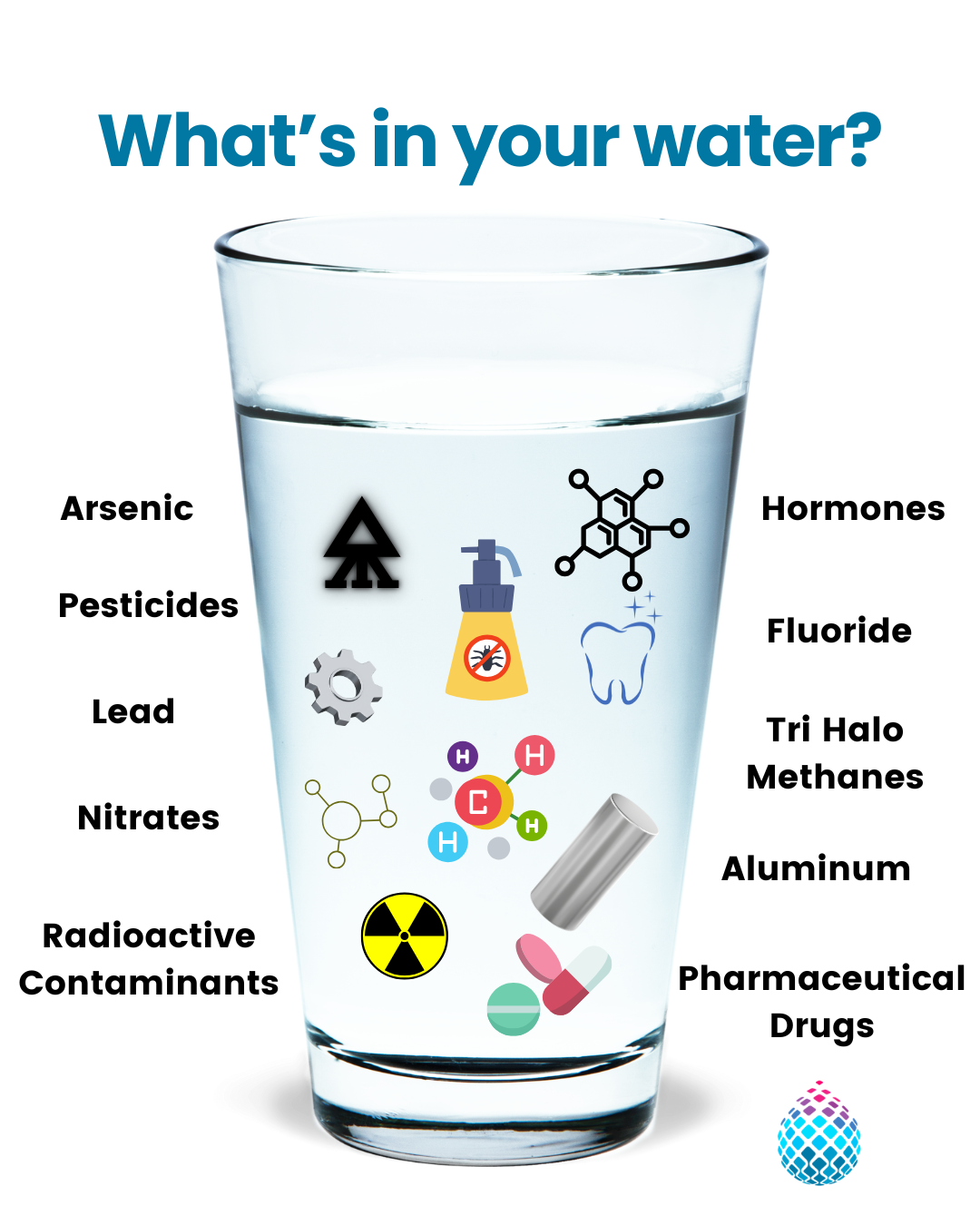What is a Bubbler and why do we care?
If not considered the breeding ground for awkward social interactions, what do playgrounds, schools, and medical offices all share in common? You guessed it! Water fountains (also known as water coolers, drinking fountains, and bubblers) are likely to be found in all three meetups’ “hotspots.” Wherever safety and sanitation matter, whether in schools for our children or in medical facilities for the sick, we often find water solutions, thanks to companies, like Optimum, who intentionally service these locations. While one may not ordinarily think of drinking fountains as having much philosophical import, beyond their practical use, the “bubbler” is of great significance to Americans for a variety of reasons. Let us consider six extraordinary ways of examining this otherwise ordinary item…
The Bubbler is a Regionalism
Though not the most commonplace colloquialism, if you grew up in Boston, Massachusetts, or Milwaukee, Wisconsin, you probably know what is referenced by the word “bubbler.” The bubbler, to people in those parts of the country, means “drinking water fountain.” However, according to the Milwaukee Journal Sentinel, there are many reasons cited for the rise of this peculiar regionalism. Perhaps it was the Kohler brand, which marketed itself as furnishing a “nickel-plated brass self-closing bubbling valve … adjustable for a continuous flow of water,” also calling it a “continuous flow bubbler….” or maybe Red Wing, who marketed a cooler by the name “bubbler.” It very well could have been an Onomatopoeia, created by schoolboys, who fondly named the device by imitating its sound.
Bubblers are like time capsules
No matter what we call it, the device represented by the word “bubbler,” or “drinking water fountain,” floods the mind with memories of school days past. After all, a trip to the bubbler always meant so much more than stepping outside the classroom. In high school, it was – and still is – an opportunity to create a moment in time. Drinking to one’s fill, of overly-chlorinated, lead-contaminated, and hyper-fluoridated water from the bubbler, years ago, may have allowed for a loving wink at a school crush; it may have allowed a friend to sneak a note to other friends passing by. Images of a not-so-graceful teenager leaning into shabby bubblers, complete with hard-water stains and exposed rusty pipes come to mind, alongside the sounds of animalistic lapping and slurping of water, from an ever-so-low-flow bubbler. Do the sounds of jiggling knobs, slamming buttons or stomping of foot pedals come to mind?
Bubblers & the Civil Rights Movement.
Allow us to recall an image of socio-cultural and historical import, from Birmingham Alabama in the early 1960s: there are two water fountains, a modern water fountain with a sign hanging over it, reading: “Whites” and the other, less modern one, with a sign above it for “Colored” folk. Today the two water fountains still stand in the Birmingham Civil Rights Institute, reminding people of the civil rights struggles of the 1960s. For those individuals who lived through Segregation, the image of the water fountain may not be as pleasant as those described above.
The bubbler is a symbolic vessel in astrology
The age of Aquarius is not only a song or cultural movement of the 1960s; according to cafeastrology.com, Aquarius is a Zodiac sign for the water Bearer, which is symbolically and eternally giving life and spiritual food to the world. According to this source, the water from the vessel washes away the past, leaving room for a fresh, new start. The water cooler, or fountain, is always providing a new start, especially when it is bottleless.
Bubblers are watering holes
According to Vocabulary.com, if you are a zebra, a watering hole is the body of water you go to quench your thirst, but if you are a human, a watering hole is [also] where you go to socialize. Maybe we have a lot in common with social zebras; after all, the water cooler, or bubbler, is the place for conversation and camaraderie. In fact, many companies motivate their team members to get more involved in “water cooler talk” in order to become better acquainted with, and more comfortable speaking to coworkers and clients. It is also the title of a sports talk show, for similar reasons.
Bubblers earned a bad reputation in the 1980s
According to an article in the Huffington Post, lead poisoning made frequent mainstream news in the 1970s. As such, the EPA (the Environmental Protection Agency) took an interest in testing for the presence of lead. By the mid-1980s, they were testing school drinking fountains, which were revealed to contain dangerously high levels of lead. Problems were not isolated to school water fountains. As such, the reputation of drinking fountains was forever changed. Until now, perhaps. With purified drinking water solutions, (available not only to medical facilities, schools, and office buildings) not only are hard metals, like lead, removed from the water but other impurities as well. Companies like Optimum ensure the cleanest, safest drinking fountain water available, by implementing a 5-step purification process that involves reverse osmosis technology. Contact us today and select the water cooler or water solution that suits your needs.



